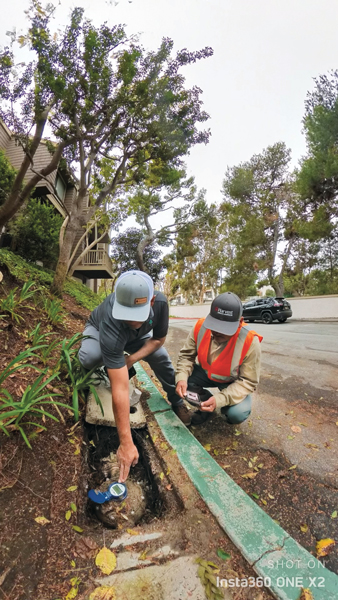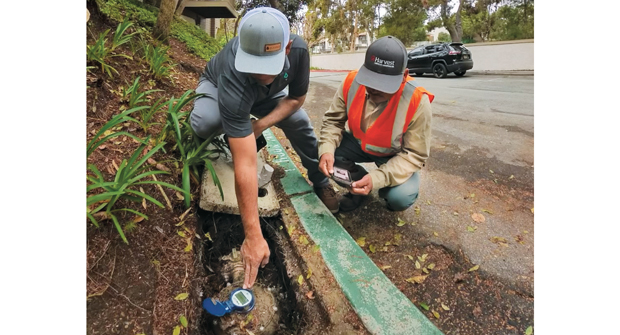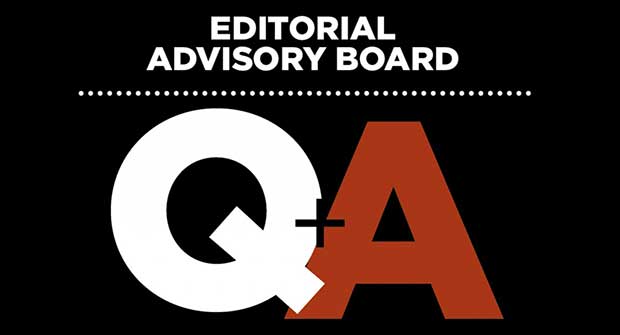
Every year when I revisit conversations with clients about irrigation budgeting or the total cost of water spent annually, the conversation leads to two topics: where we spend the money for the water and how we apply that water.
When we discuss where we spend the money for water, the location and type of plants make up the first topic of discussion. If we can substitute plants that require less water while keeping up the aesthetics, we can then reduce the amount of water or money needed to irrigate.
When we talk about how we apply water, we discuss how increasing irrigation uniformity can lower water consumption. A key component of budgeting is putting a plan together for years to come on how to maintain or reduce the cost of water. The most effective way to increase uniformity and reduce runoff and water damage is to convert overhead irrigation to drip irrigation.
Benefits abound
In today’s world, preserving natural resources and reducing water waste has become crucial. The principle of landscape drip irrigation is to provide a consistent and slow water supply directly to the plants without losing water to evaporation or wind. This method is beneficial in arid and drought-prone regions where water scarcity is a significant concern.
Drip irrigation is also highly efficient in terms of water conservation since it reduces water loss due to evaporation, runoff or overspray. Through my own research, drip irrigation can reduce water usage by 30 to 50 percent compared to traditional irrigation methods. This reduces water bills, saving money and energy for homeowners.
Another advantage of landscape drip irrigation is it is an eco-friendly solution. Traditional irrigation systems can cause erosion, soil compaction and nutrient loss, leading to adverse impacts on plants and the environment. Drip irrigation, on the other hand, maintains soil moisture levels, promotes healthy root growth and reduces soil erosion. It also helps to minimize the use of pesticides and fertilizers.
Drip gone wrong
There are also disadvantages to be aware of, such as improper installations. The key is to follow manufacturing recommendations based on site specifications. What begins as a simple plan to retrofit a system to drip irrigation often leads to overwatering and underwatering. Plants suffer from too much or not enough water.
Drip installation is not one-size-fits-all, which is why it is essential to know the type of soil, plant types, slope factors and, most importantly, the overall volume of water capacity.
I recently had an opportunity to explain a bid for a drip renovation proposal. The client interviewed each competitor. When it was my turn, I explained the reasoning for the type of drip components and the quantity I specified. I used lower-gallons-per-hour drip tubing because of the soil type, a specific type of drip tubing because of a slope variation, and a specific quantity of drip due to maximum run length and spacing to stay within capacity.
Afterward, the client informed me the other bidders did not provide the same detail and utilized the one-size-fits-all approach. In the end, the client awarded the project to Harvest.
Landscape drip irrigation is a highly effective technique for maintaining plant health and conserving water simultaneously. Its ability to provide a slow and steady water supply to plants with minimal loss to evaporation makes it an ideal choice for arid and drought-prone regions. Additionally, it is a sustainable and eco-friendly solution that promotes healthy root growth, minimizes soil erosion and reduces the use of fertilizers and pesticides.


